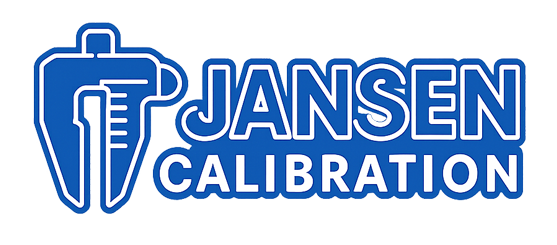No products in the cart.

Radio Frequency (RF) technology is the backbone of modern communication—from smartphones and satellites to radar and 5G networks. As these systems become more complex, engineers and technicians need highly specialized tools to analyze, diagnose, and optimize RF performance.
This article presents seven indispensable RF and signal testing tools that every engineer working in wireless, IoT, or communications should consider in 2025.
📡 1. Spectrum Analyzer
A spectrum analyzer visualizes RF signals in the frequency domain. It allows engineers to detect interference, measure bandwidth, and ensure compliance with frequency regulations.
Recommended Tool:
Siglent SSA3021X Plus – A highly capable 2.1GHz spectrum analyzer ideal for lab and field use, with real-time mode and EMI pre-compliance testing.
Use case: Essential for telecommunications, aerospace, and EMC testing.
🔗 Internal Link: Browse Spectrum Analyzers
📶 2. Vector Network Analyzer (VNA)
VNAs measure the reflection and transmission characteristics of RF components (S-parameters). This is critical for antenna tuning and filter design.
Recommended Tool:
MiniVNA Tiny+ – Compact and affordable with wide frequency range, ideal for antenna designers.
Use case: Crucial for matching network design, cable analysis, and RF circuit modeling.
🔗 Related Article: Mastering Oscilloscopes: A 2025 Guide to Signal Diagnostics
⚡ 3. RF Signal Generator
Signal generators output known frequencies and modulations to test RF receivers, antennas, or circuits under specific conditions.
Recommended Tool:
Rigol DSG815 RF Signal Generator – Covers 9kHz to 1.5GHz with AM/FM/PM modulation and high signal purity.
Use case: Validating radio receivers, IoT devices, GPS hardware.
🔗 Internal Link: RF & Microwave Signal Generators
📏 4. RF Power Meter
An RF power meter measures absolute power levels in RF circuits. It is vital for transmitter tuning and preventing signal overloads.
Recommended Tool:
Bird 5000-XT Power Meter (Coming Soon)
Use case: Power calibration of RF amplifiers, broadcast equipment, and wireless base stations.
🔗 Learn More: Why Calibration Matters
📐 5. Directional Coupler
This passive component is used to sample a portion of an RF signal for measurement without interrupting the main signal path.
Recommended Tool:
Mini-Circuits ZFDC-20-5-S+ – Works up to 2GHz with minimal insertion loss.
Use case: VSWR testing, signal monitoring, and antenna characterization.
🧮 6. Frequency Counter
A frequency counter precisely measures the frequency of repetitive signals. Used to verify oscillators and clock circuits.
Recommended Tool:
Use case: Time-domain RF system validation, oscillator frequency calibration.
🔌 7. Oscilloscope with RF Capabilities
Oscilloscopes remain crucial for time-domain analysis of RF signals, especially when paired with spectrum or FFT modes.
Recommended Tool:
Use case: Debugging RF modulators, time-domain envelope visualization.
🔗 Internal Link: Explore Oscilloscopes Collection
🔧 RF Testing Tips for Engineers
Always use calibrated test equipment with traceable certificates
Minimize cable length and use shielded connectors to reduce noise
Regularly inspect RF probes and attenuators for damage
Use proper grounding and ESD precautions in high-frequency circuits
✅ Conclusion
As RF technology becomes more complex and integrated into critical infrastructure, the demand for accurate, portable, and high-performance RF test tools is at an all-time high. These seven instruments represent the core toolkit every RF engineer, system integrator, or wireless technician should possess in 2025.
At JansenCalibration.com, we offer a wide selection of RF testing tools—fully calibrated and supported by technical specialists.
🛒 Ready to upgrade your RF lab? Shop All Spectrum Analyzers today.
